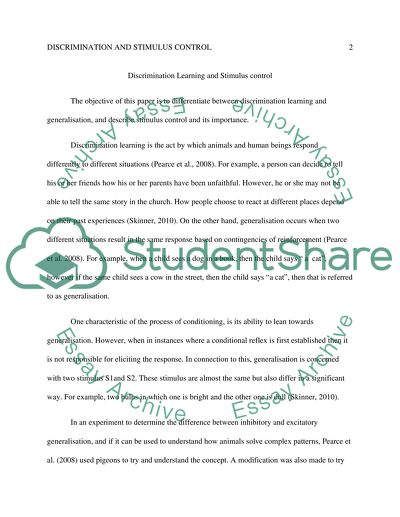Discrimination Learning and Stimulus control (in Rats) Research Paper. Retrieved from https://studentshare.org/psychology/1635289-discrimination-learning-and-stimulus-control-in-rats
Discrimination Learning and Stimulus Control (in Rats) Research Paper. https://studentshare.org/psychology/1635289-discrimination-learning-and-stimulus-control-in-rats.


